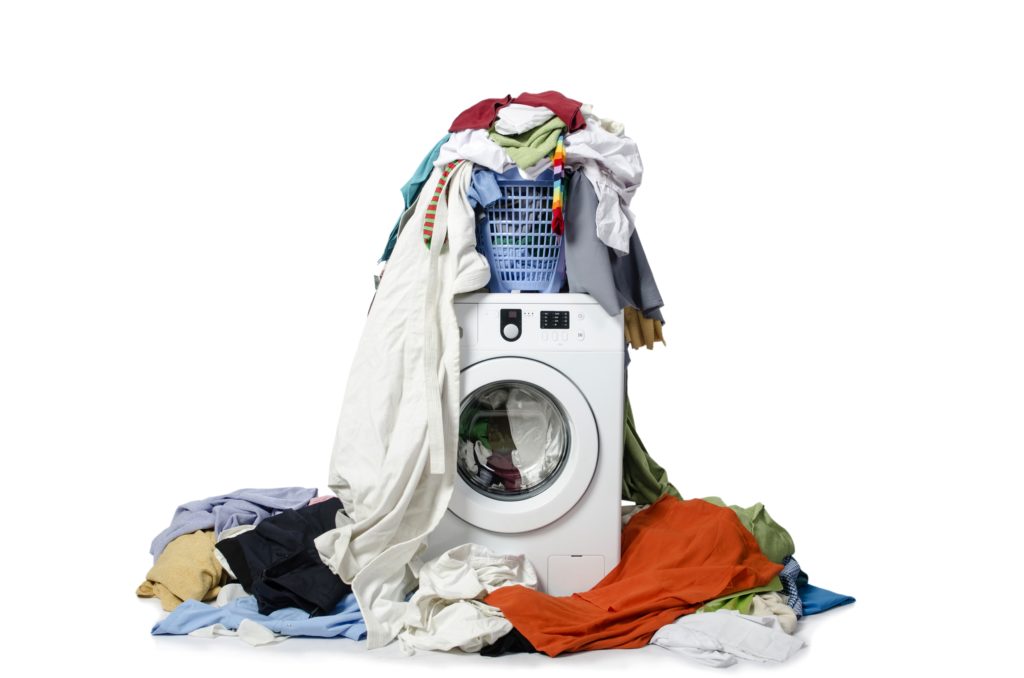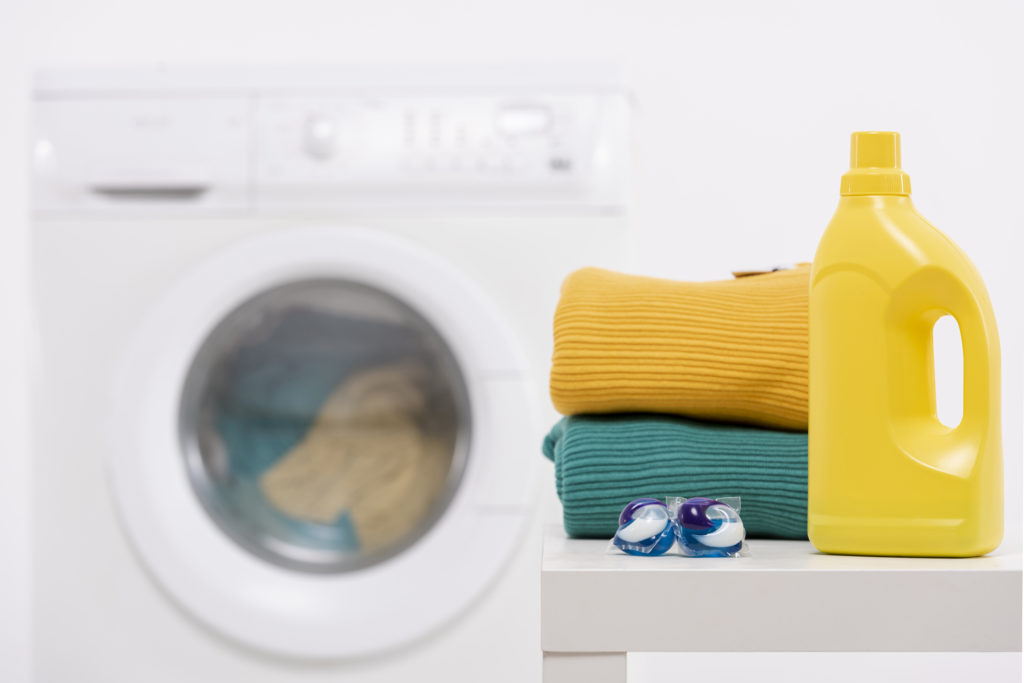Laundry Soap Noodles
Manufacturing Process

On an industrial scale, there are several manufacturing methods to produce soap noodles: hot and cold methods.
- The hot method involves the saponification of palm oil and fatty acids at boiling temperature. The product of saponification is the breakdown of triglycerides into fatty acid chains and glycerin. The heat ensures that the temperature is at the melting point of soap. The newly melted soap noodles are molded into small portions by using a noodle mold.
- The cold method utilizes the mixing of palm oil with fatty acids under high heat. The palm oil is heated to the melting point before being mixed. In this method, no chemical preservatives are added and the newly formed soap noodles are not molded right away until 5 weeks after processing. The cold method is used to fabricate handcrafted soaps.
Laundry soap noodles are produced from lower grades of palm oil with lower oil content. Furthermore, laundry soap noodles are fabricated with the addition of fillers such as sodium silicate and kaolin. The hardness of the soap is affected by the number of fillers added.
The percentage of TFM represents the amount of fat matter in the soap. The fat matter signifies the hardness and the quality of the soap. As total fat matter decreases in percentage, the soap is less capable of hydrating and is more harmful to the skin.
Applications



Laundry soap noodles are the base raw material for the manufacturing of soap bars used in household applications. Laundry soap noodles are used mainly in cleaning applications. The cleaning process of clothing and other apparels utilize laundry soap noodles instead of toilet soap noodles due to the hardness and low TFM.
